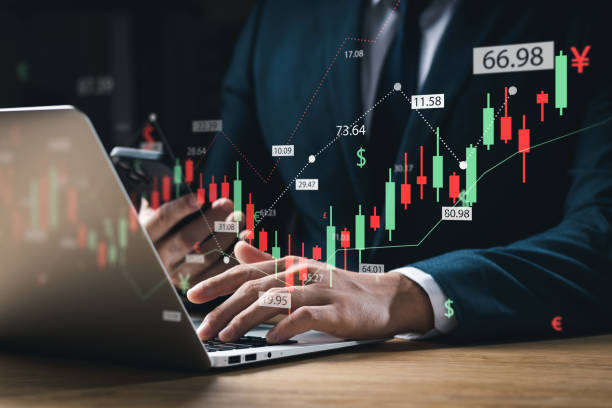The largest and most liquid financial market in the world is the foreign exchange market, sometimes referred to as forex or FX. It gives investors the chance to take part in the fascinating world of currency trading. This beginner’s tutorial will bring you through the fundamentals whether you’re a rookie wishing to learn more about Forex trading or someone who wants to brush up on their expertise.
Why Trade Foreign Exchange?
Pairs of currencies are bought and sold while trading forex. Due to its worldwide character, Forex is open every day of the week, 24 hours a day, unlike other financial markets. Because you are effectively wagering on the value of one currency in relation to another, currencies are traded in pairs. The first currency in the pair is the base currency, and the second is the quote currency.

Currency Pairs
Currency pairs are categorised into three groups:
- Major Pairs: These are the currencies that are most often traded on a worldwide scale, such as EUR/USD (Euro/US Dollar) and USD/JPY (US Dollar/Japanese Yen).
- Minor Pairs: These involve significant currencies other than the US Dollar, such as the Euro/British Pound (EUR/GBP) and the Australian Dollar/Japanese Yen (AUD/JPY). Exotic currency pairs, such as USD/TRY (the US dollar and the Turkish lira) or EUR/SGD (the euro and the Singapore dollar), match a major currency with a smaller or emerging market counterpart.
What is Forex Trading?
The exchange rate between two currencies is what drives forex trading. You buy the pair (go long) if you think the base currency will gain strength versus the quotation currency. In contrast, you would sell the pair (go short) if you anticipated a decline in the base currency. Your aim is to make money off of changes in pricing.

Margin and Leverage
Leverage is a common feature of forex trading, allowing you to manage a larger position size with less money. Leverage can boost earnings, but it also raises the possibility of losses. In order to cover any losses, traders often need to keep a certain amount of margin in their accounts.
Management of Risk
In forex trading, risk management is essential. To prevent future losses, think about placing stop-loss orders. Additionally, diversify your transactions, refrain from putting too much of your cash at risk with one trade, and evaluate prospective gains and losses using risk-to-reward ratios.
Fundamental and technical analysis
Traders primarily employ two categories of analysis:
Technical analysis is the study of previous price patterns and charts in order to forecast future price changes.
Fundamental Analysis: Traders examine economic data, current affairs, and geopolitical situations.
Forex Brokers
You must select a trustworthy broker before you can start trading Forex. A user-friendly interface, aggressive spreads, and availability of the currency pairings you wish to trade should all be offered.
Conclusion
Although forex trading is an interesting and possibly lucrative endeavor, it is crucial to begin with a firm grasp of the fundamentals. To practice trading methods without putting real money at risk, start with a demo account. You can go to real trading as you develop knowledge and assurance.
Keep in mind that even while forex trading has a substantial potential for profit, there are hazards involved. Risk management and ongoing education should always come first when trading with money you cannot afford to lose. Forex trading may be a route to financial success and independence with commitment and the appropriate strategy.


Leave Your Comment